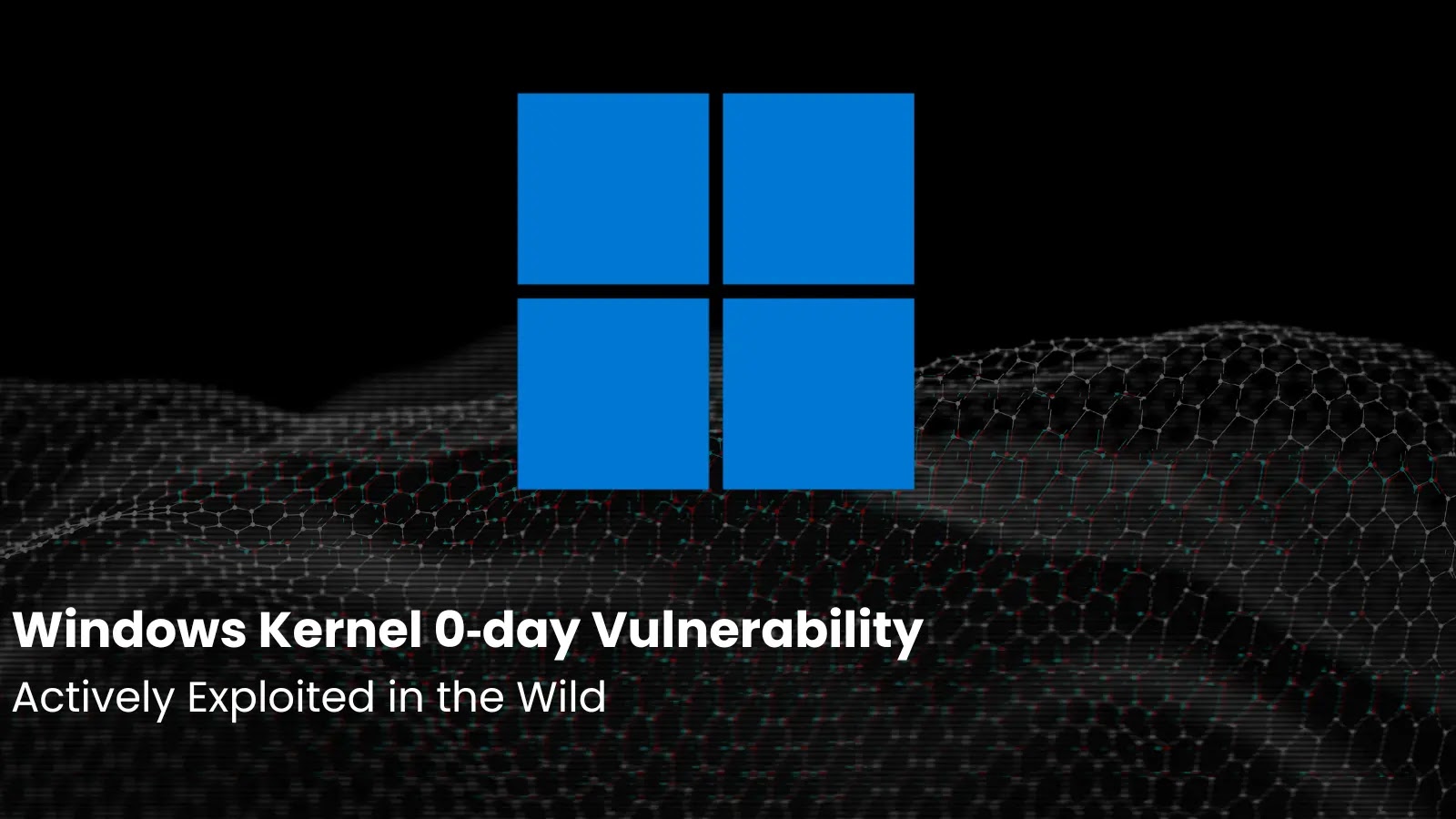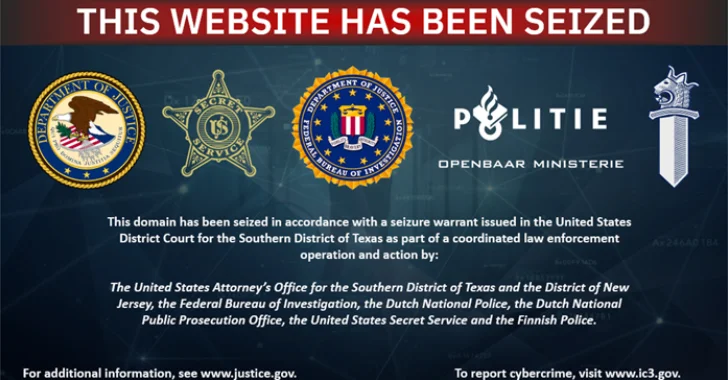Critical Windows Kernel Zero-Day Vulnerability Exploited in the Wild
On November 11, 2025, Microsoft disclosed a significant security flaw in the Windows Kernel, identified as CVE-2025-62215. This vulnerability, actively exploited in real-world attacks, allows unauthorized users to escalate their privileges to SYSTEM level, posing a substantial risk to affected systems.
Understanding CVE-2025-62215
CVE-2025-62215 is an elevation of privilege vulnerability within the Windows Kernel. It arises from improper synchronization during concurrent execution using shared resources, leading to a race condition (CWE-362) and a double free error (CWE-415). Exploiting this flaw requires an attacker to successfully navigate a race condition, a process with a high complexity level. However, once achieved, it grants the attacker SYSTEM privileges, effectively giving them full control over the compromised system.
Technical Details and Exploitation
The vulnerability is local, necessitating that the attacker already has authorized access to the system. This characteristic makes it a classic post-compromise privilege escalation scenario, often used to deepen control, disable security defenses, and facilitate lateral movement within a network. While specific technical details remain limited, the combination of a race condition and double free error suggests a timing-sensitive memory corruption path within the kernel code. Such vulnerabilities are particularly favored by targeted threat actors and ransomware operators to elevate privileges after initial access through methods like phishing, driver abuse, or application exploits.
Affected Systems and Patch Information
The following Windows versions are affected by CVE-2025-62215:
– Windows 10 (various builds, including ESU): Fixed with KB5068858 (example for 22H2) released on November 12, 2025.
– Windows 11 version 22H2: Fixed with KB5068865 released on November 12, 2025.
– Windows 11 version 23H2: Fixed with KB5068862 released on November 12, 2025.
– Windows 11 version 24H2: Fixed with KB5068861 released on November 12, 2025.
– Windows Server 2019: Fixed with KB5068859 released on November 12, 2025.
– Windows Server 2022: Fixed with KB5068860 released on November 12, 2025.
– Windows Server 2025: Fixed with KB5068861 released on November 12, 2025.
Given the active exploitation of this vulnerability, it is imperative for organizations to prioritize the application of these patches to mitigate potential risks.
Historical Context and Similar Vulnerabilities
The exploitation of Windows Kernel vulnerabilities is not unprecedented. For instance, in August 2024, the North Korean state-sponsored Lazarus Group exploited a Windows zero-day vulnerability (CVE-2024-38193) to install advanced rootkits, achieving kernel-level access and disabling security tools on compromised systems. Similarly, in February 2024, the same group exploited CVE-2024-21338, a privilege escalation flaw in the Windows AppLocker driver, to gain SYSTEM privileges and disable security software. These incidents underscore the persistent targeting of Windows Kernel vulnerabilities by sophisticated threat actors to achieve deep system penetration and control.
Mitigation Strategies and Recommendations
To protect systems from potential exploitation of CVE-2025-62215, organizations should implement the following measures:
1. Immediate Patch Application: Ensure that all affected systems are updated with the latest security patches provided by Microsoft.
2. Enhanced Monitoring: Implement monitoring solutions to detect unusual activities that may indicate exploitation attempts, such as unexpected privilege escalations or modifications to security settings.
3. User Education: Educate users about the risks of phishing attacks and the importance of not executing untrusted applications, as these are common initial vectors for attackers.
4. Access Controls: Review and restrict user permissions to the minimum necessary to perform their job functions, reducing the potential impact of a compromised account.
5. Incident Response Planning: Develop and regularly update incident response plans to ensure a swift and effective response to security breaches.
Conclusion
The disclosure of CVE-2025-62215 highlights the ongoing challenges in securing complex systems like the Windows operating system. The active exploitation of this vulnerability emphasizes the need for vigilance and prompt action in applying security updates. By staying informed about emerging threats and implementing robust security practices, organizations can better protect their systems and data from sophisticated cyber attacks.



